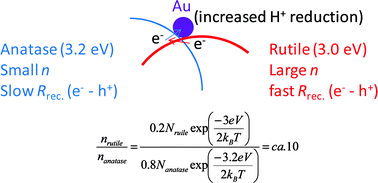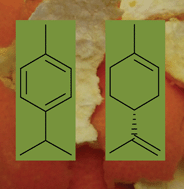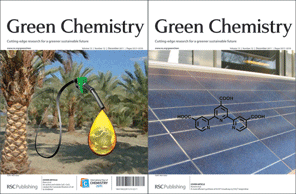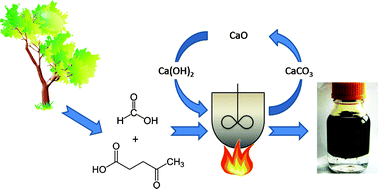As we near the end of 2011, here are some of the top cited Green Chemistry articles published this year. These articles are all free to access until the 27th January 2012!
Converting carbohydrates to bulk chemicals and fine chemicals over heterogeneous catalysts, Maria J. Climent, Avelino Corma and Sara Iborra, Green Chem., 2011, 13, 520-540
Enzyme-mediated oxidations for the chemist, Frank Hollmann, Isabel W. C. E. Arends, Katja Buehler,  Anett Schallmey and Bruno Bühler, Green Chem., 2011, 13, 226-265
Anett Schallmey and Bruno Bühler, Green Chem., 2011, 13, 226-265
Searching for green solvents, Philip G. Jessop, Green Chem., 2011, 13, 1391-1398
A critical assessment of the greenness and energy efficiency of microwave-assisted organic synthesis, Jonathan D. Moseley and C. Oliver Kappe, Green Chem., 2011, 13, 794-806
5-Hydroxymethylfurfural (HMF) as a building block platform: Biological properties, synthesis and synthetic applications, Andreia A. Rosatella, Svilen P. Simeonov, Raquel F. M. Frade and Carlos A. M. Afonso, Green Chem., 2011, 13, 754-793
Glycerol eutectics as sustainable solvent systems, Andrew P. Abbott, Robert C. Harris, Karl S. Ryder, Carmine D’Agostino, Lynn F. Gladden and Mick D. Mantle, Green Chem., 2011, 13, 82-90
 Use of carbon dioxide in chemical syntheses via a lactone intermediate, A. Behr and G. Henze, Green Chem., 2011, 13, 25-39
Use of carbon dioxide in chemical syntheses via a lactone intermediate, A. Behr and G. Henze, Green Chem., 2011, 13, 25-39
Greener solvents for ruthenium and palladium-catalysed aromatic C–H bond functionalisation, Cedric Fischmeister and Henri Doucet, Green Chem., 2011, 13, 741-753
The irruption of polymers from renewable resources on the scene of macromolecular science and technology, Alessandro Gandini, Green Chem., 2011, 13, 1061-1083
Synthesis of sugar alcohols by hydrolytic hydrogenation of cellulose over supported metal catalysts, Hirokazu Kobayashi, Yukiko Ito, Tasuku Komanoya, Yuto Hosaka, Paresh L. Dhepe, Koji Kasai, Kenji Hara and Atsushi Fukuoka, Green Chem., 2011, 13, 326-333
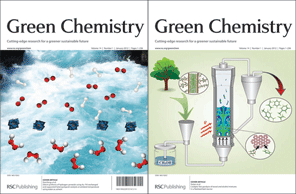











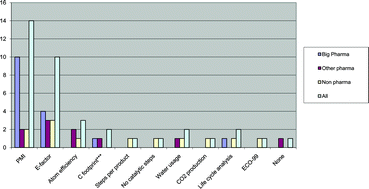
 Anett Schallmey and Bruno Bühler,
Anett Schallmey and Bruno Bühler,  Use of carbon dioxide in chemical syntheses via a lactone intermediate
Use of carbon dioxide in chemical syntheses via a lactone intermediate